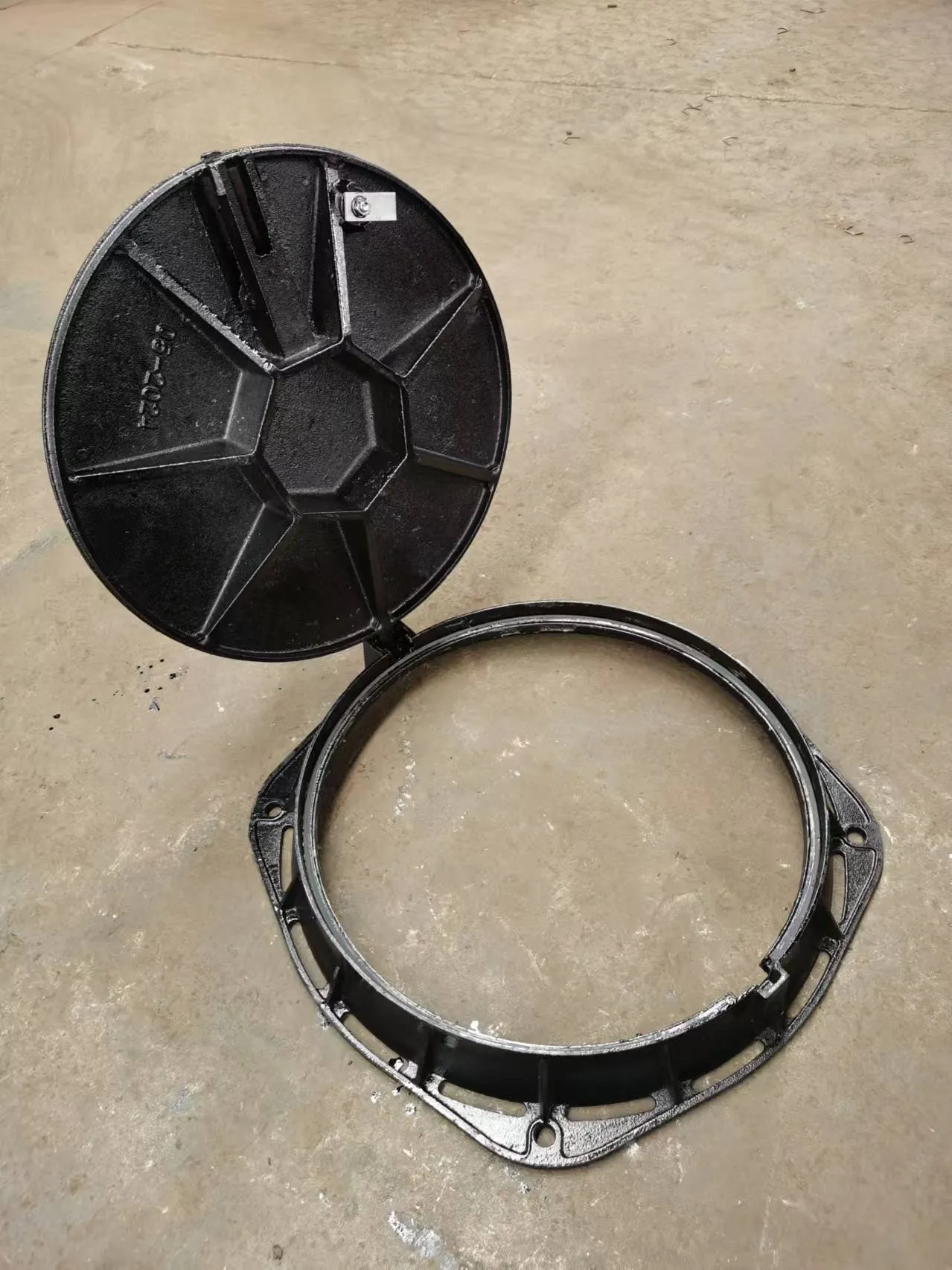plastic butterfly valves
The Versatility and Benefits of Plastic Butterfly Valves
Plastic butterfly valves are quintessential components in various industrial applications, providing an efficient solution for controlling flow within a piping system. Known for their lightweight construction and corrosion resistance, these valves are increasingly favored in settings where traditional metal valves may fail due to environmental conditions. This article explores the design, advantages, applications, and maintenance of plastic butterfly valves.
Design and Construction
Butterfly valves are characterized by a rotating disc or vane that regulates flow by pivoting on a spindle. In the case of plastic butterfly valves, the body and disc are typically molded from high-density polyethylene (HDPE), polypropylene (PP), or polyvinyl chloride (PVC). These materials offer excellent chemical resistance and are suitable for handling aggressive fluids.
The simple design of plastic butterfly valves allows for ease of installation and operation. Most are equipped with a lever or actuator for manual or automated control, respectively. The compact size of these valves is another notable feature, which enables their application in installations with limited space.
Advantages of Plastic Butterfly Valves
1. Corrosion Resistance One of the standout features of plastic butterfly valves is their resistance to corrosion. Unlike metal valves, which can be susceptible to rust and degradation over time, plastic valves maintain integrity even when exposed to harsh chemicals. This makes them ideal for industries such as chemical processing and wastewater management.
2. Lightweight Plastic valves are significantly lighter than their metal counterparts, which translates to easier handling and installation. This weight reduction can lead to lower shipping costs and easier manipulation during setup, particularly in large-scale operations.
3. Cost-Effective The production of plastic butterfly valves is often less costly than that of metal valves, making them an economical choice for both small-scale and extensive applications. Their durability also translates to a longer lifespan, thereby reducing the need for frequent replacements and maintenance.
4. Reduced Energy Consumption The operation of plastic butterfly valves generally requires less torque compared to metal valves, resulting in lower energy consumption during function. This efficiency is critical in environments where energy costs are a significant concern.
Applications
plastic butterfly valves

Plastic butterfly valves find usage in a myriad of applications. They are commonly employed in
- Water Treatment Given their resistance to corrosion and chemicals, plastic butterfly valves are ideal for controlling the flow of water in treatment plants, ensuring effective management of fluids.
- Chemical Processing Their ability to withstand aggressive chemicals makes them suitable for use in chemical plants, where precise flow control is crucial.
- Food and Beverage Industry Plastic valves made from food-grade materials ensure that sanitary standards are upheld, making them suitable for agricultural and food processing applications.
- HVAC Systems In heating, ventilation, and air conditioning systems, plastic butterfly valves are utilized to regulate airflow and maintain temperature control.
Maintenance and Care
Maintaining plastic butterfly valves is relatively straightforward. Regular inspection for wear, and ensuring the seals are free from damage, are key steps that can extend the life of the valves. Additionally, routine cleaning with non-abrasive materials helps in preventing buildup that could affect functionality.
Conclusion
Plastic butterfly valves offer a versatile, cost-effective, and durable solution for flow control in various applications. Their unique properties, including corrosion resistance and lightweight nature, position them as a preferable choice in many industrial settings. As industries continue to seek efficient and reliable components for their piping systems, the role of plastic butterfly valves is likely to expand, thereby contributing positively to operational efficiency and cost savings.
In conclusion, the thoughtful selection of butterfly valves can significantly impact various industrial processes, and investing in high-quality plastic versions can yield substantial long-term benefits.
-
The Smarter Choice for Pedestrian AreasNewsJun.30,2025
-
The Gold Standard in Round Drain CoversNewsJun.30,2025
-
The Gold Standard in Manhole Cover SystemsNewsJun.30,2025
-
Superior Drainage Solutions with Premium Gully GratesNewsJun.30,2025
-
Superior Drainage Solutions for Global InfrastructureNewsJun.30,2025
-
Square Manhole Solutions for Modern InfrastructureNewsJun.30,2025
-
Premium Manhole Covers for Modern InfrastructureNewsJun.30,2025
